For almost twenty years, robots have been an integral element of the manufacturing business. But robotics in manufacturing still has a lot of room to grow. A lot more weight has been placed on AI and robotics due to the development of robotic technologies. Along with the rest of the world, manufacturing is undergoing a digital transformation. From a historical perspective and in light of current uses, it has been brilliantly using robots.
What are Industrial Robots
Robots that work in factories and other industrial settings are known as industrial robots. These robots ensure that activities are done as efficiently as possible, which helps to increase productivity. The evolution of robots parallels that of modern technology.
Robots in production and industry are like superheroes, saving the day. Their goal? To maximise efficiency in all they do, therefore elevating productivity to new heights. These robots are always improving, just like our beloved comic book heroes.
Their intelligence and sophistication are growing in tandem with the advent of new technologies, and they can now accomplish incredibly complicated tasks with remarkable precision. Not only that, but they’re transforming into smarter teammates with the help of AI and ML, which allows them to learn from their mistakes, adapt to new situations, and make judgements in the here and now.
In the years to come, these robotic geniuses will undoubtedly raise the bar for industrial automation, ushering in a period of unprecedented innovation and record-breaking output.
Types of Robots in Manufacturing
Let’s begin by discussing the many kinds of robots that are utilised in the industrial industry. This is a fairly flexible area of study. Because of this, the robots that are utilised come in a variety of configurations, forms, and sizes, each of which meets the requirements of a particular production operation.
1. Articulated Robots
Articulated robots may not be as well-known as other robots, but they are some of the most powerful and versatile machines used in manufacturing today. These robots have multiple joints and axes that provide them with incredible flexibility, making them ideal for a wide range of tasks. With their six-axis design, articulated robots can move in multiple directions, giving them an unmatched degree of freedom. Whether it’s welding, painting, or assembly, these robots can be programmed to perform a variety of different functions, making them an indispensable tool for any modern manufacturer. So if you’re looking for a robot that can do it all, consider investing in an articulated robot to take your production to the next level.
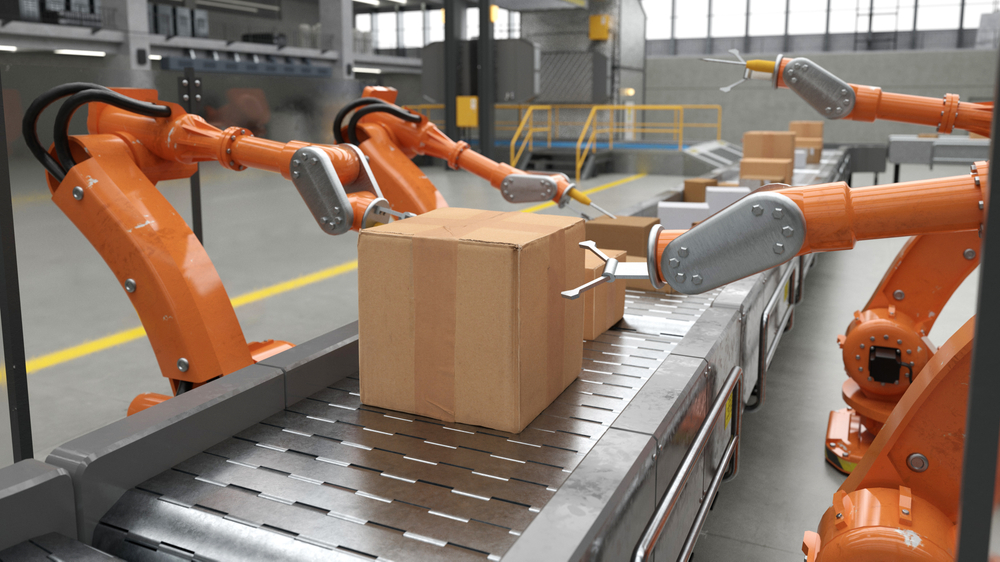
2. Delta Robots
Delta robots, also known as parallel robots, are marvels of modern engineering. These robots boast unparalleled speed, precision and an incredibly lightweight design that ensures swift and accurate movements. Their design makes them the perfect choice for high-speed pick and place tasks and accurate positioning, making them the go-to choice for critical jobs in the manufacturing industry. It’s no wonder that these robots can be found in various sectors, such as food and beverage, pharmaceutical and electronics industries. These robots are a testament to the wonders of technology and how it can be used to make our lives easier.
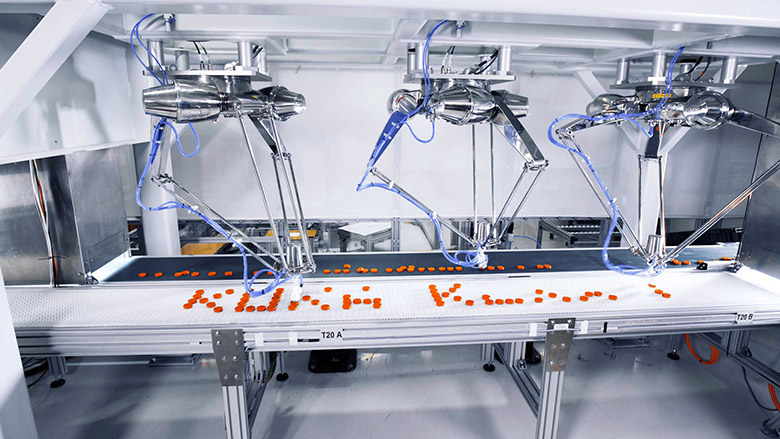
3. SCARA Robots
SCARA robots are the all-stars of high-speed assembly and material handling. With their sleek form factor and remarkable precision, they’re tailor-made for a wide range of industries, including electronics, consumer goods, and automotive manufacturing. These robots can work with incredible speed and dexterity, making them an excellent choice for any workspace, no matter how cramped or complicated. So if you’re looking for a robot that can handle your toughest assembly tasks with ease, look no further than the amazing SCARA robots!
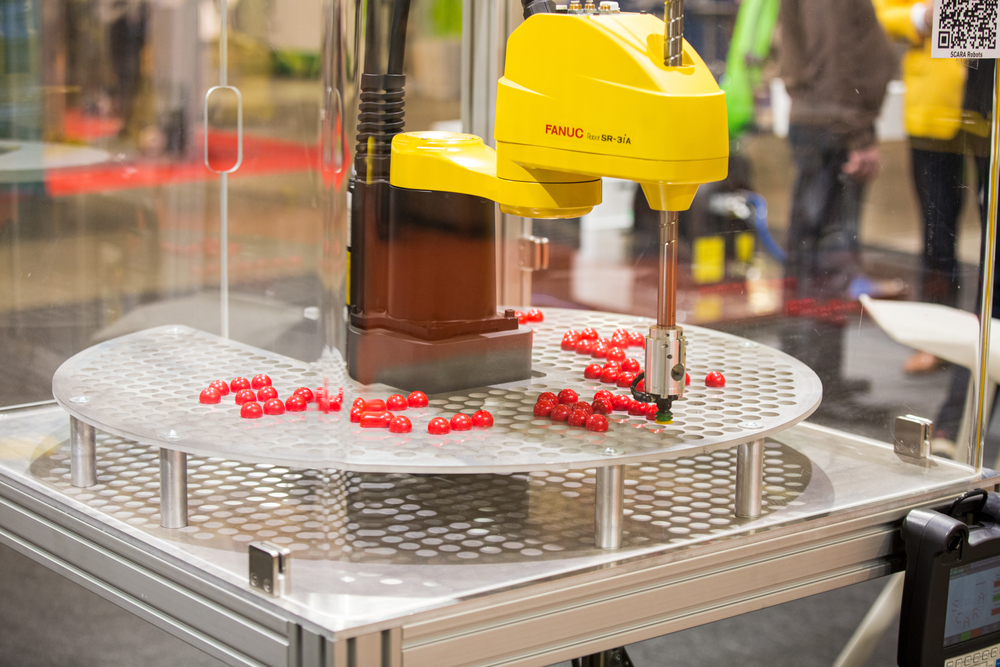
4. Cartesian Robots
Cartesian robots, also referred to as gantry robots, are highly functional machines used for numerous tasks such as material handling, assembly, and machining. A unique feature of these robots is their ability to operate within a three-dimensional coordinate system, which gives them remarkable accuracy. With a simple and understandable framework supporting their movement, Cartesian robots have quickly become a favorite for many industries. These linear robots have a proven track record of delivering efficient and effective results, making them an ideal choice for many businesses. Imagine a robot with a keen eye for detail and an unwavering commitment to precision. That’s what you get with Cartesian robots.
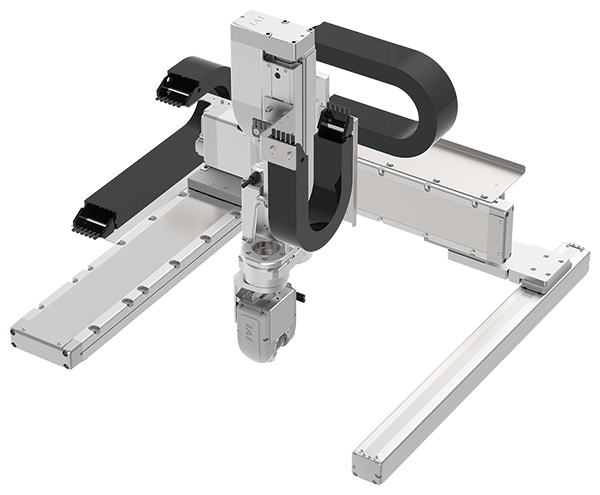
5. Polar Robots
The advancement of technology has brought various innovations that have revolutionized many industries. Among these innovations is the introduction of polar robots, also known as spherical or radial robots. They operate within a unique spherical coordinate system that enables them to perform a whole range of tasks. Equipped with extendable arms and a rotating base, these robots have found incredible use in sectors that require flexibility and versatility. From welding to painting and material handling, polar robots have transformed entire industries by enabling machines to do the jobs that were once only possible for humans. Their unique design ensures that they can cover a wide range of motion, making them a game-changer in the world of automation.
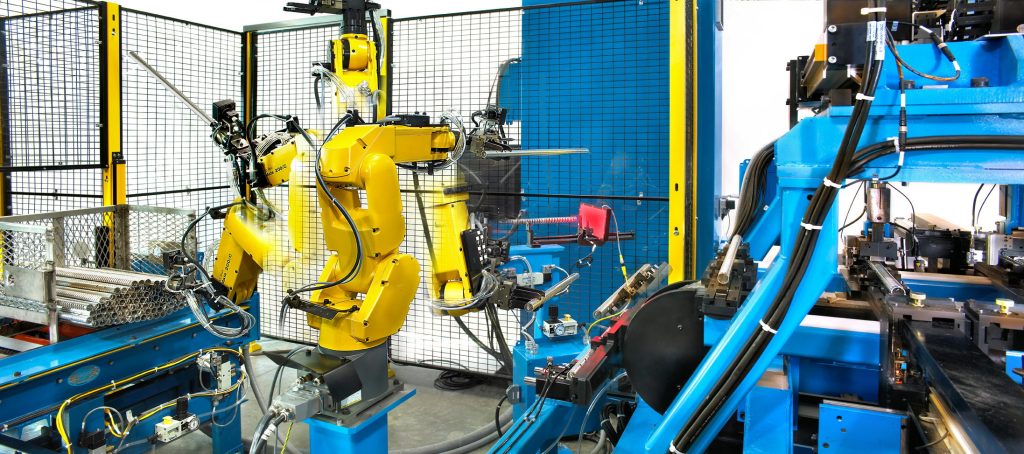
Pros and Cons of Robotics in Manufacturing
Although robotics has become a core component of manufacturing, it has certain advantages and disadvantages, which we have explained below:
Pros
The implementation of robotics in manufacturing has revolutionized the industry in countless ways. Not only has it improved the production rate, but it has also provided a higher ROI (Return On Investment). The workplace environment has seen a significant improvement due to these advancements, making it a much safer and efficient place to work. Robotics technology has proved to be reliable, increasing the operational accuracy and decreasing the operating and energy costs simultaneously. The advantages that come with incorporating robotics into the manufacturing industry are endless and have resulted in making the manufacturing process much more efficient and profitable.
Cons
The integration of robotics in manufacturing undoubtedly brings significant benefits such as increased efficiency and accuracy, but it also brings drawbacks that cannot be overlooked. One of the biggest cons of robotics in manufacturing is the costly initial investment required to acquire and set up the machines. This can be a significant financial burden for smaller businesses looking to improve their operations. Another notable downside is the potential for job loss as robotics automate tasks that were previously performed by humans. This can lead to unemployment and negative effects on local economies. Additionally, while robots can perform repetitive tasks with ease, they are limited in their ability to perform more complex or “human-like” tasks that require dexterity and decision-making skills. These limitations of robotics in manufacturing need to be taken into consideration before deciding whether to implement them in a business.



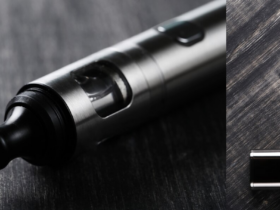



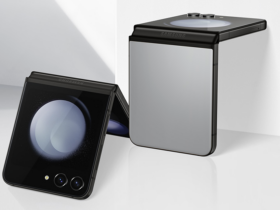



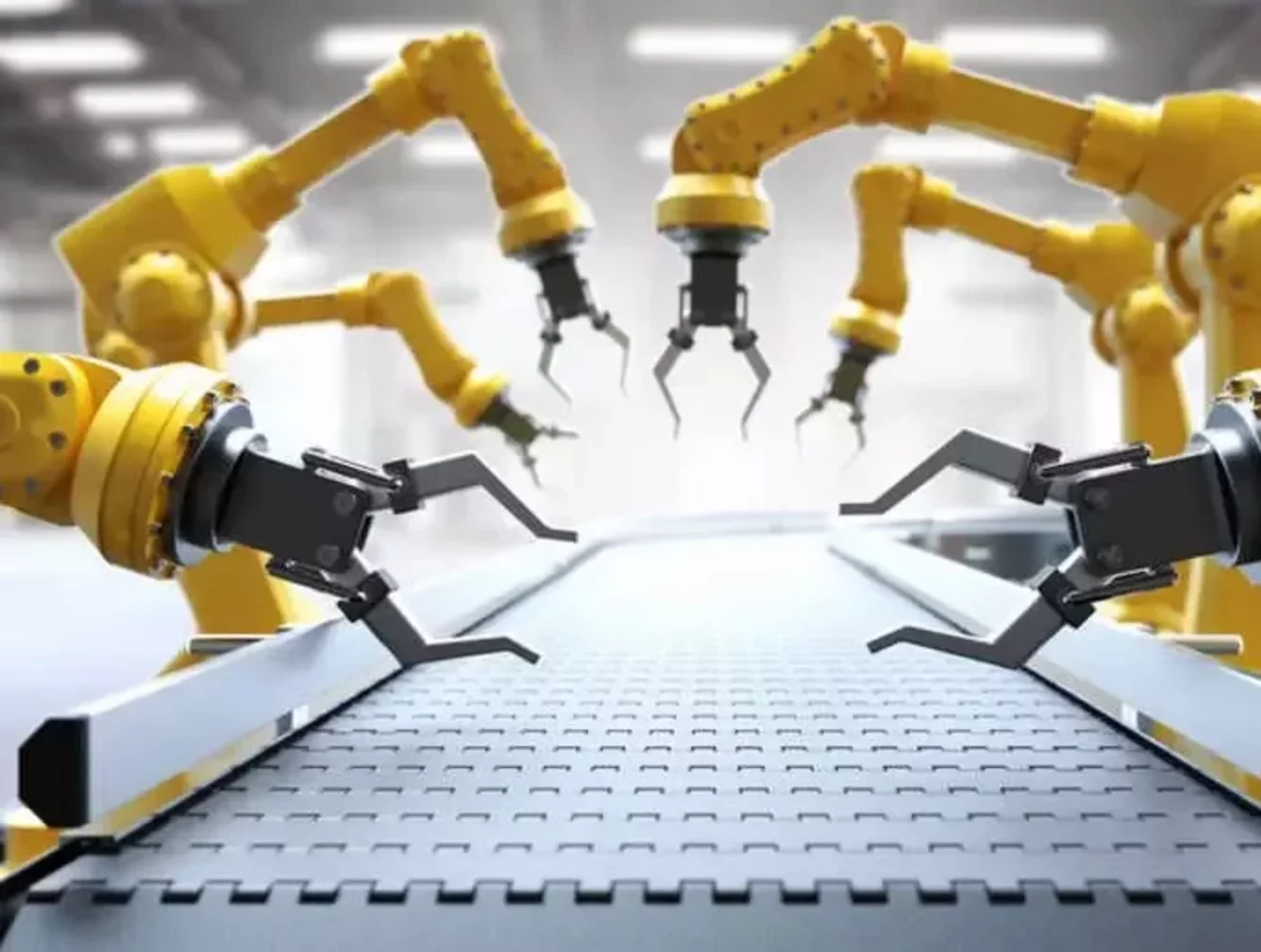

Leave a Reply